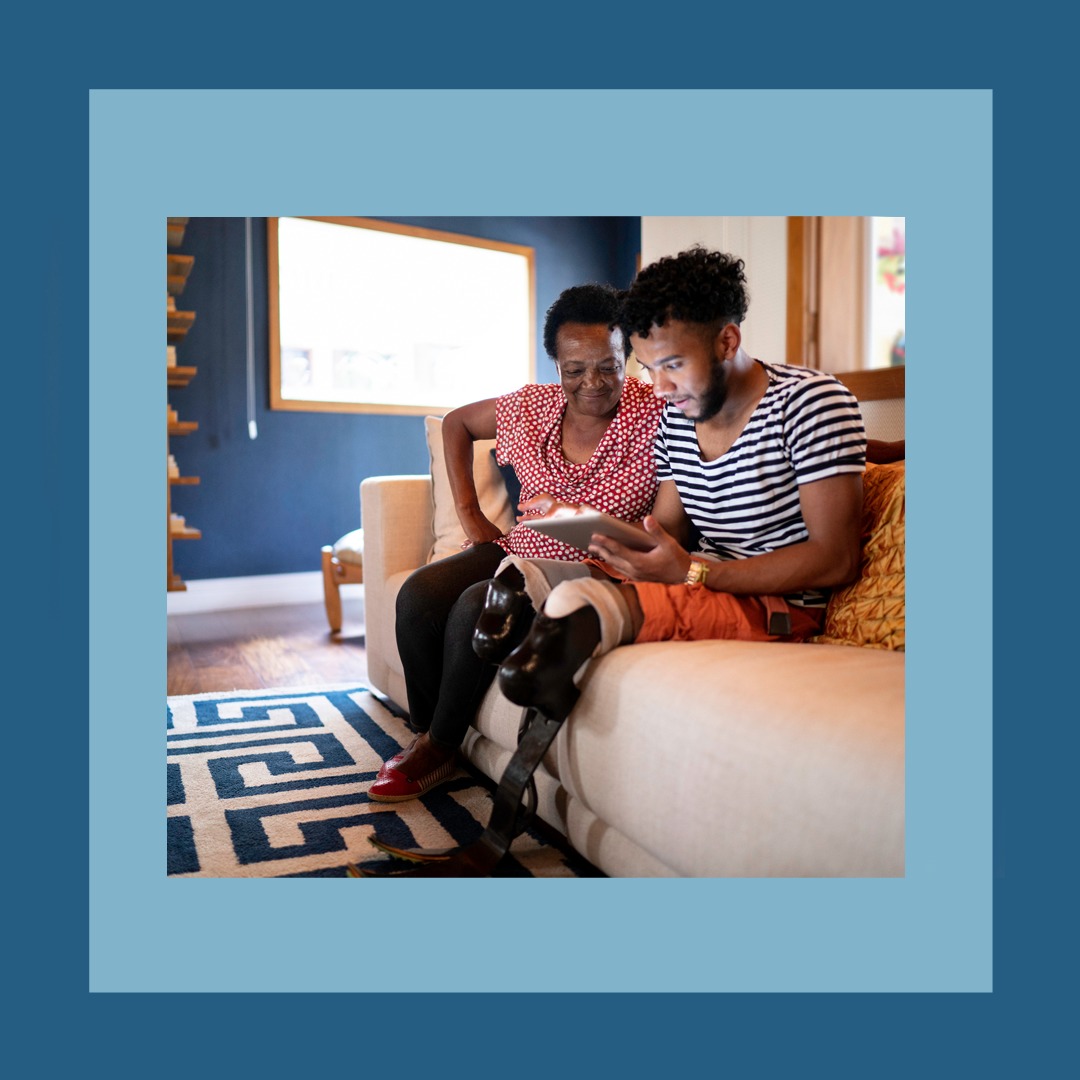Welcome to our series on equity, diversity, and inclusion (EDI) opportunities, highlighting equity vs. equality and what we believe that means for the future of tech, small businesses, and entrepreneurs. We’ll be talking about how to bring equity to entrepreneurs of color, the impact of mentorship, and more. Read on and share your thoughts.
As we know, technology can empower individuals and communities. It enhances connections, supports learning, and provides continuous opportunities for innovation and entrepreneurship. While technology’s commercialization is everywhere, failure to address systemic issues means a deeply uneven playing field for equitable technology access for all.
As we move toward a more sustainable state of normalcy and as COVID-19 cases continue to decline, we are gaining more insights into how deep the impact of the COVID-19 pandemic on every aspect of our lives. One such area under the microscope is broadband access – needed for everything from working remotely and filling out even a simple job application to becoming necessary for students to attend school virtually.
We’re taking a closer look at these gaps like equitable broadband access and sharing two key things tech industry stakeholders, policymakers, and yes – entrepreneurs – can do to help break down these barriers in 2021 and beyond.
Understand existing barriers to access – Meet people where they are
Developing tech products and solutions with people foremost in mind makes a world of difference in connecting us, especially during struggle and hardship. For example, many of us have access to a portable computer, but a vast majority of the national population – regardless of geographic location, socioeconomic status, and age – only have smartphones. There were so many assumptions made about our ability to carry on our daily lives during the pandemic. Many citizens (we now affectionally refer to them as “front-line workers”) in rural and metropolitan cities like New York and Washington, D.C. simply didn’t have equitable access to technology or technological resources like broadband connectivity. What they had were limited resources that left many misinformed, disconnected, and far more isolated than their counterparts.
We now know that utilizing devices like smartphones played a major role in providing them with the resources they needed and shed a bright light on how many of these individuals thrive with limited resources. This knowledge is transformational and powerful in advancing equity via technology.
Last year, GFTC consulted with an epidemiologist whose work is focused on bridging the gap between access to essential care are and the necessary information needed to provide that care. The communities where she is working to effect change, in Wards 7 and 8 in Washington, D.C., have high rates of comorbidities such as diabetes and high hypertension. Through her direct customer discovery, she recognized that while many of these residents didn’t have access to resources via what many consider traditional methods, they accessed the internet almost exclusively through their smartphones. That made app-based care the best way to reach patients and engage them in supplying critical resources and information about their health. Getting patients the care they needed in this instance meant providing practical, user-friendly solutions that engaged the patients where they were. This approach became essential as there was quite a bit of misinformation about COVID-19 in the pandemic’s early stages.
For our client and her patients, mobile phones and cellular connectivity overall were a literal lifeline. Access or barriers to entry play a considerable role in the quality of life and overall health and healthcare access. When people experience slow connections or spotty coverage – or no coverage, it increases the likelihood they will not receive the necessary resources and care that can be critical to their health.
Use your voice – Advocate for action
Last year, we met with the Federal Communications Commission and several members of Congress as part of ACT – The App Association’s AppCon20 Connected Health track to discuss the importance of connecting people through broadband connectivity. We were able to speak about the importance of broadband access when it comes to health care access – telehealth services proved to be vital tools for improving health disparities in underserved and remote populations. Still, without adequate broadband access, these services were nearly impossible to administer or monitor for efficiency.
Those conversations led to tremendous progress in this area with the 2020 television white space decision from the Federal Communications Commission. While this is a significant step forward, we know, however, that we must do more. GFTC is proud to be part of a coalition of stakeholders who recently signed onto a letter through our partners at ACT – The App Association in support of the expanded use of digital health technologies in healthcare. Congress must take bipartisan action and treat broadband access as one of the social determinants of health and continue to shape policies and implement programs that will fully close the digital divide.
Connectivity and access are also critical parts of supporting overall health and improving outcomes. These issues affect us all – both urban and rural communities alike. Moving forward, we must continue to prioritize outreach and strategic support strategies, programs, policies, and tools that support health equity.
What do you think? What would you add to this list? Let us know in the comments.
